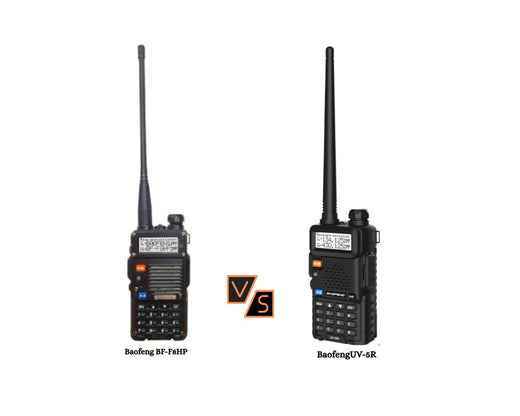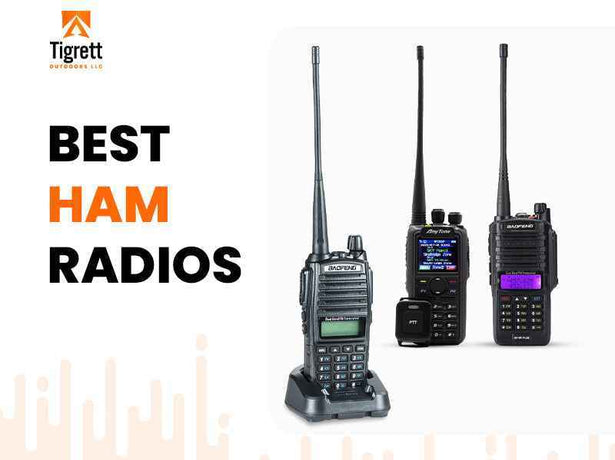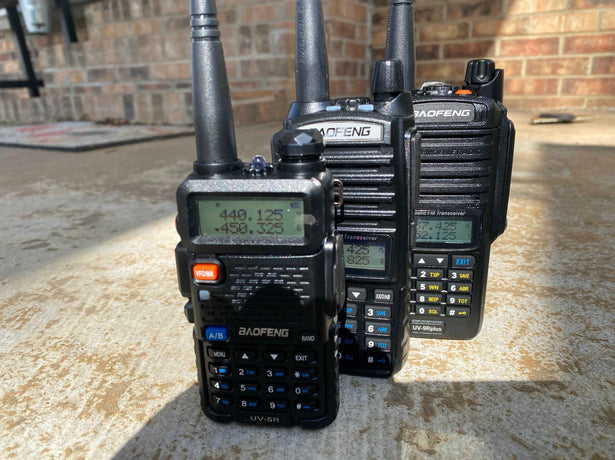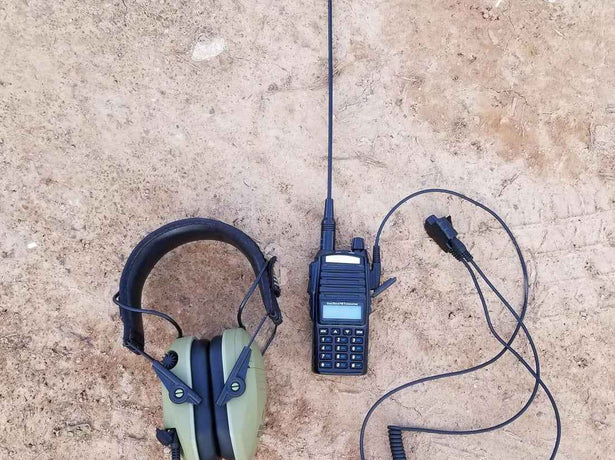Ham radio has been a part of global communication for over a century. It helped people to communicate over long distances without using any internet or phone lines. But, can Ham radios be tracked?
Yes, ham radios can be traced with the correct equipment and signal. It’s possible to trace a radio signal by measuring its signal strength and where it’s coming from. But you can reduce the chance of being traced by following some precautions.
Today, we’ll explain how ham radio signals can be tracked and who might be tracking them. You’ll also learn how you can keep your signals private.
How Ham Radio Signals Work?
Ham radio works by sending radio signals through the air, which are called waves of energy. These special frequencies (radio channels) help communicate with other amateur radio users over the radio spectrum.
When you speak on a ham radio, your voice turns into an electrical signal. This signal then travels through the air. The radio signal can travel through long distances by bouncing onto a part of the earth's atmosphere (called the ionosphere).
This phenomenon is called skywave propagation and it helps the signals to travel far beyond what you can see.
Ham radios can communicate within different distances depending on the frequency you are using. If you use low frequencies like HF(High Frequency) have bands around 3 MHz to 30 MHz.
They can travel very far, even worldwide. Higher frequency bands like VHF(Very High Frequency) and UHF(Ultra High Frequency) are better for talking to people nearby.
Can Ham Radios be Tracked?
Anyone with the right equipment can pick up the radio waves transmitted by a ham radio. These signals travel through the air, and anyone with a receiver tuned to the correct frequency can detect them. But simply receiving the signal doesn’t reveal where it’s coming from.
It takes some practice to track radio signals. People who do this for fun are called "fox hunters." However, police and other authorities use better tools to track signals more accurately. If someone knows how to use the tools, they can track the signal pretty easily.
A ham radio signal can be traced back to where it came from. But it depends on how strong the signal is and how far it can travel. If a signal is far away or weak, it might be harder to find exactly where it came from. If the signal is strong and close, it’s easier to trace.
Using less power or changing the frequency makes it harder for someone to find out your signal. But even if you try to hide your signal, someone with the right tools can still track it down.
Common Tracking Tools for Ham Radio Signals
Tracking ham radio signals can be done using different tools that help track down where the signal is coming from. Here are some popular tools used for tracking ham radio signals:
Directional Antennas
Unlike the regular antenna, the directional antenna sends the signal in one direction. This makes it easier to find out the source of the signal. When the antigens point toward the signal, it gets stronger. This antenna helps by showing which way the signal is strong.
Triangulation
This method uses at least two receipts that should be placed in different locations. Each reviser checks the direction of the signal by combining the directions of both revisers. Directional antennas help by showing the direction of the signal. It uses a simple math equation to find out where the signal is coming from. For example:
If d is the distance between two receivers and θ1 and θ2 are the directions each receiver shows, you can use a simple math formula to find out where the signal is. The formula looks like this:
Signal Location= Receiver A Position + Distance × tan(θ1)
Software Defined Radios (SDRs)
This is a special type of radio that works with a computer. SDR (Software Defined Radio) tracks radio signals by connecting a radio device, like RTL-SDR or HackRF, to your computer. With an SDR, you can both listen to radio signals and see them displayed on your computer screen.
Radio Scanners
A radio scanner is a device that searches through different radio frequencies to find signals. Some scanners can also help find where a signal is coming from, especially when used with other tools like special antennas that point in different directions.
GPS Tracking
GPS helps find where a radio is located. Some ham radios have GPS inside them, which lets them send their location automatically. This is really helpful during emergencies or when you need to track signals over long distances.
These tools are used to track ham radio signals. They help find the direction of a signal, measure its strength, and even pinpoint the exact location.
Can Law Enforcement Track Walkie Talkie Signals?
Law enforcement can track walkie-talkie signals. They use special tools to find out where the signals are coming from. Especially when there is an emergency or a criminal investigation.
One of the tools they use is called a directional antenna. It helps point out the signal source. Other methods that they use include triangulation, signal jamming and more.
For example, if someone is using a walkie-talkie for something illegal, the police can track the signal to find out where it came from. In emergencies, these tools help them find people or transmit important conversations.
How to Protect Your Ham Radio Signal from Being Traced
Ham radio signals can be protected using some common methods. Here are some listed below:
Use low-power transmission: You can lower the power on your ham radio so that it doesn’t travel far. This makes it harder for others to pick up your signal. The weaker the signal, the harder it is for someone to trace it.
Change locations regularly: When you move to different places and send signals from new spots, this makes it harder for people to figure out where you are. If you use a mobile setup or change your broadcasting spot, it’s easier to stay untraced.
Operate at random times: Instead of broadcasting at the same time every day, you can change when you do it. Broadcasting at random times makes it harder for someone to guess when you’ll be on the air.
Use digital modes like FT8 or JT65: These modes don't hide your messages, but they can make them harder to understand. They change your messages into a form that's not easy to read so you can keep your privacy safe.
Try frequency hopping: This means changing the radio frequency you use when sending messages. By switching frequencies quickly, it's harder for someone to track your signal.
Move Around to Stay Safe: If you always use the same spot to send signals, it becomes easier for someone to find you.
Use the Right Tools: Some radios have settings that help keep your signals private, like low-power options, digital modes, and frequency hopping. Use the right equipment to stay safe and avoid being tracked.
Frequently Asked Questions (FAQs)
Ham radio signals can be tracked using the right equipment and expertise. Here are some frequently asked questions about ham radio tracking and how it works:
Can I Be Tracked by My Ham Radio?
Your ham radio signal can be traced by authorities, hobbyists, and other operators using signal detection tools.
How Can Authorities Track My Ham Radio?
Authorities use tools like triangulation, direction-finding antennas, and Software Defined Radios (SDRs) to locate your signal.
Can My Ham Radio Signal Be Picked Up by Anyone?
Yes, ham radio signals are public, and anyone with the right equipment, like an SDR or directional antenna, can listen to it.
Is It Illegal to Use Ham Radio Without a License?
Using a ham radio without a license is illegal in most places and authorities monitor it to make sure you have one.
Can Police Track a Ham Radio?
Police can track ham radio signals using similar methods as hobbyists, like direction-finding and triangulation.
Is Ham Radio Encryption Legal?
Most encryption is illegal on ham radios, but some digital modes like APRS are allowed.
Can Ham Radio Signals Be Used for Search and Rescue?
Ham radios are used in emergencies to help with search and rescue by tracking signals.
Final Thoughts
Ham radio operators should know their signals can be traced, but they don’t need to worry too much. While someone could track your signal, there are simple ways to keep your privacy safe and follow the rules.
It’s important to find a balance between being safe and legal. Ham radio signals are public, but you can keep your communication private. You can use low-power settings, frequency hopping, and digital modes to make it harder for someone to trace your signal.
Always follow the radio operating rules to keep the hobby safe and make sure everyone can enjoy it. Protecting your privacy doesn’t mean breaking the law. It’s about using the right tools and practices.

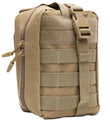
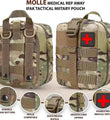
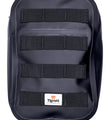
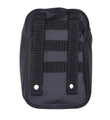
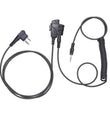
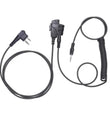
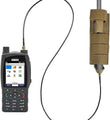
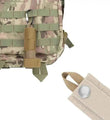
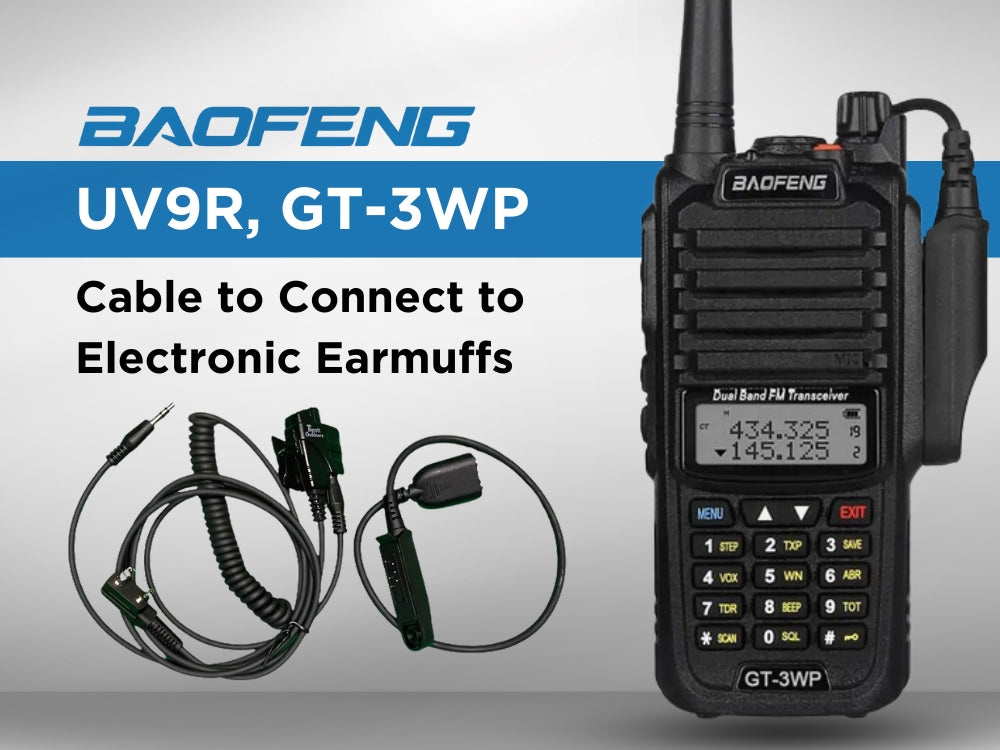
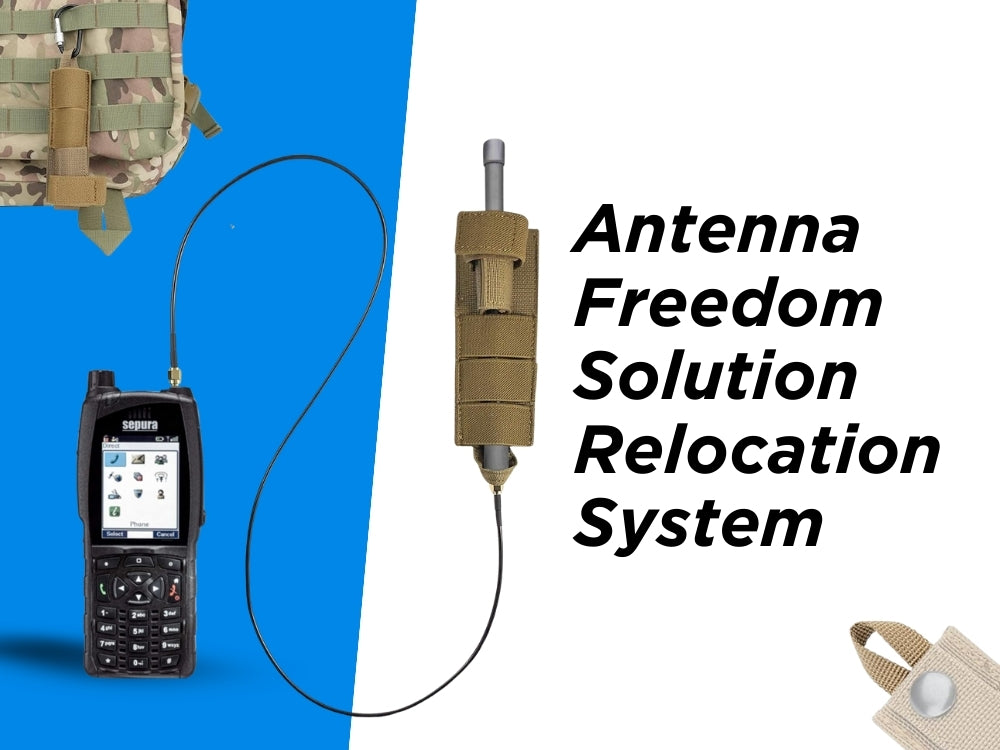
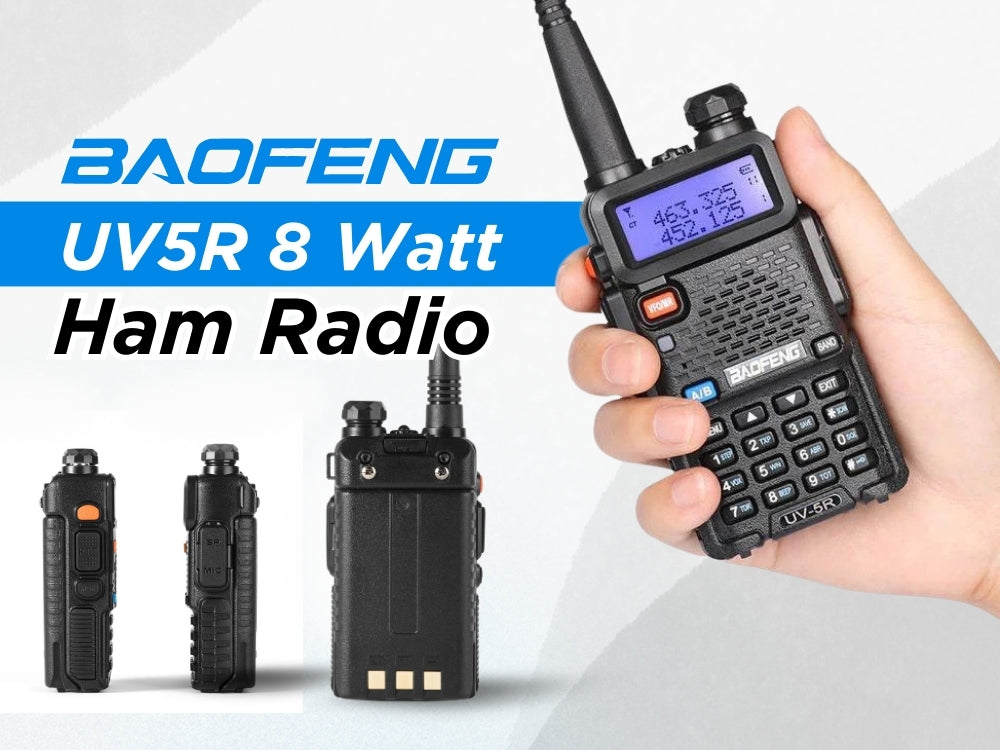
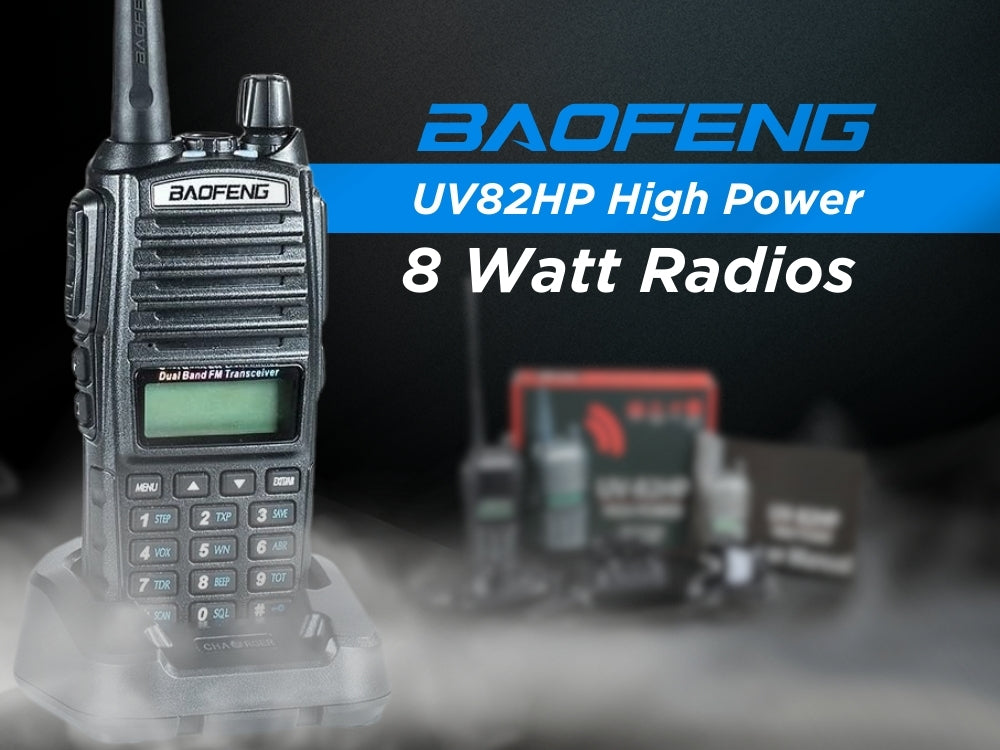
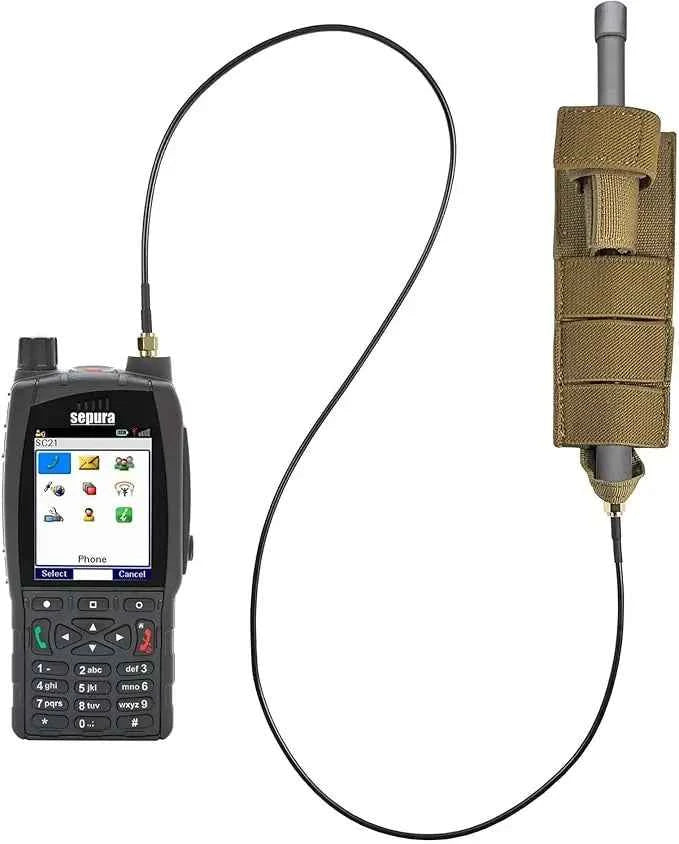





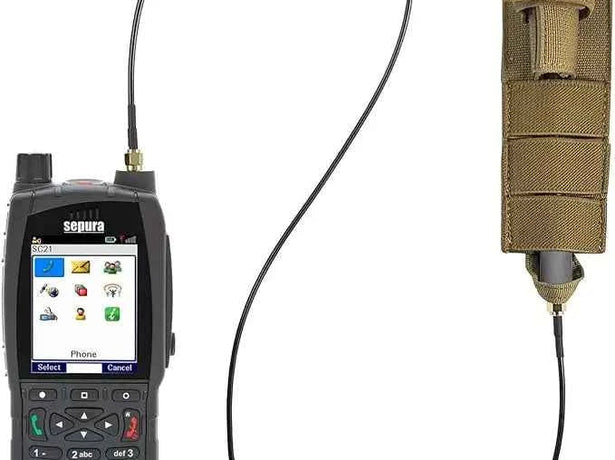


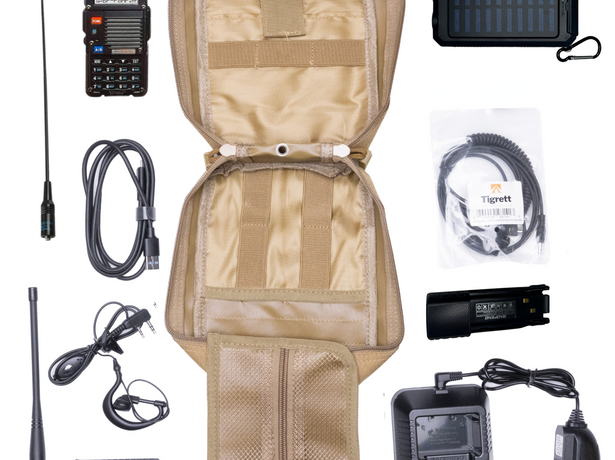
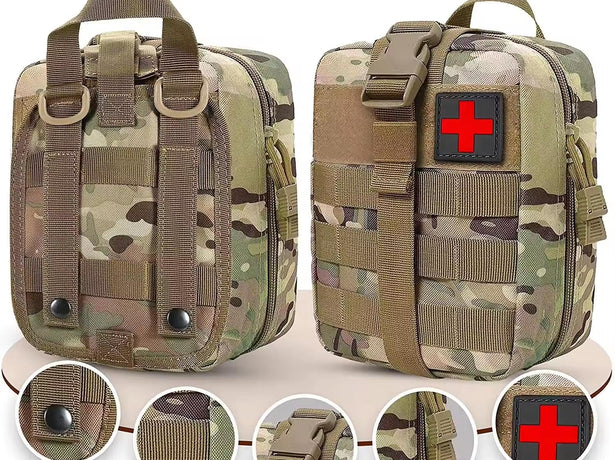
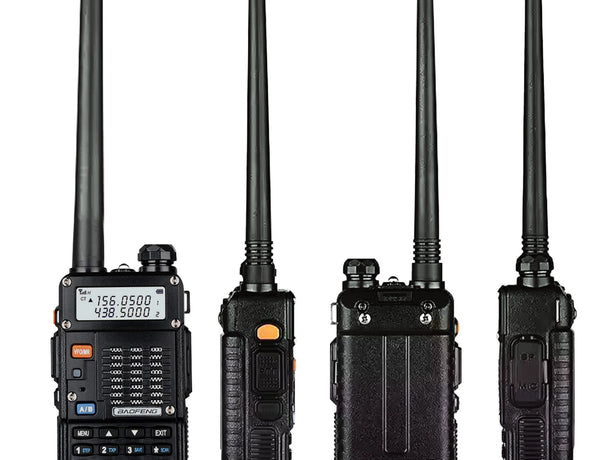
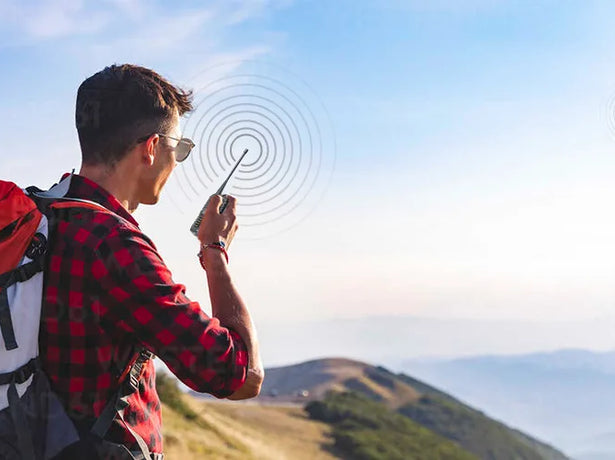

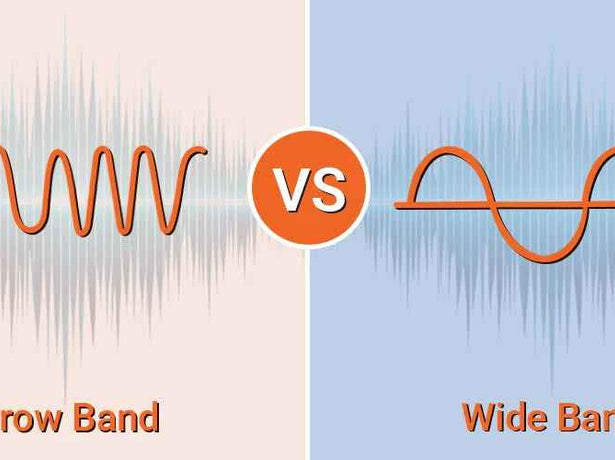



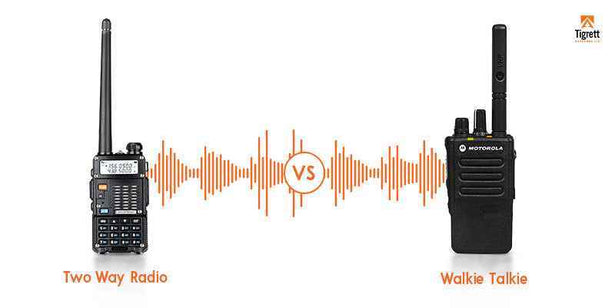
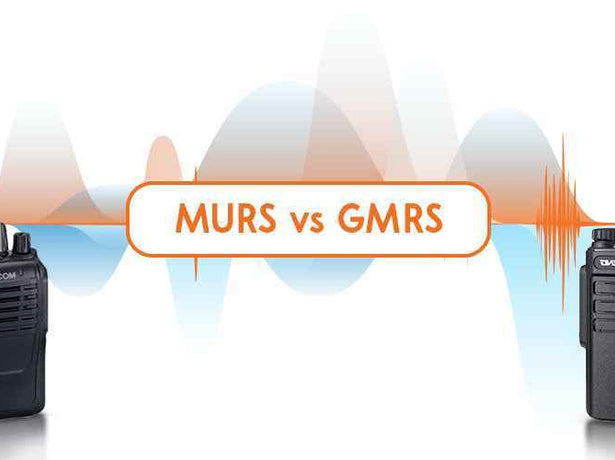
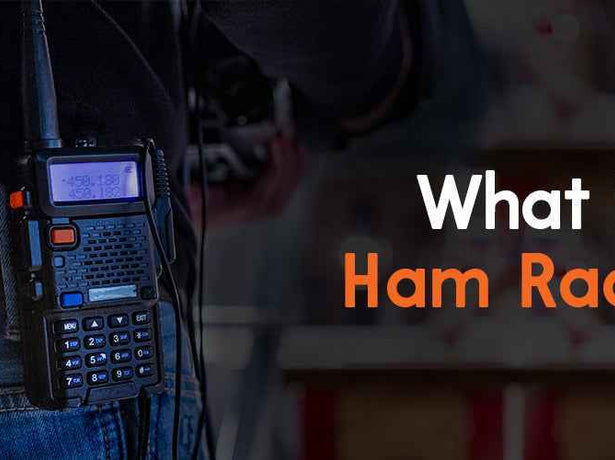
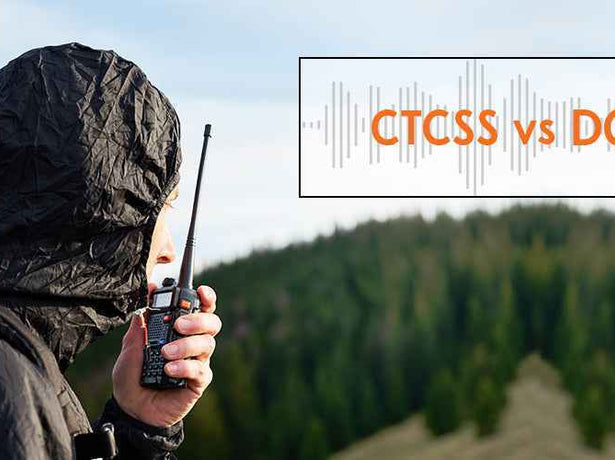
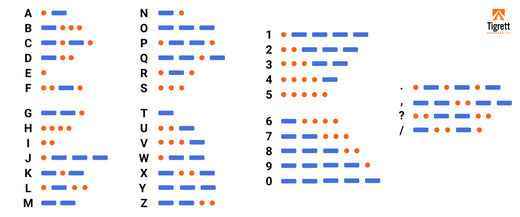
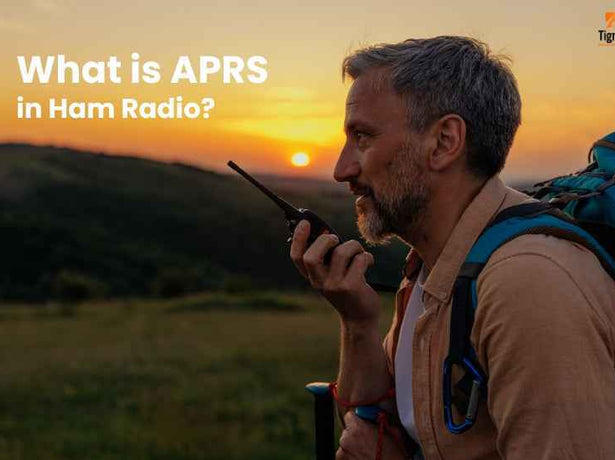
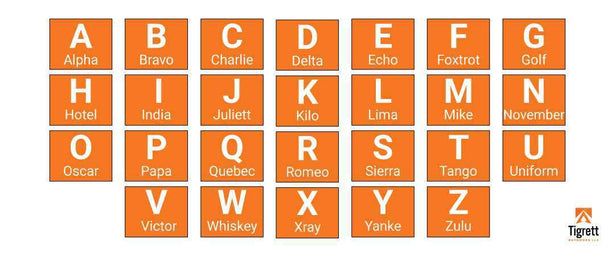
![What Does 73 Mean in Ham Radio? [Explained]](http://tigrettod.com/cdn/shop/articles/1741427464_615x460_crop_center.jpg?v=1741427465)

![How Much Does a Ham Radio Cost? [Everything Explained]](http://tigrettod.com/cdn/shop/articles/1741427457_615x460_crop_center.jpg?v=1741427458)
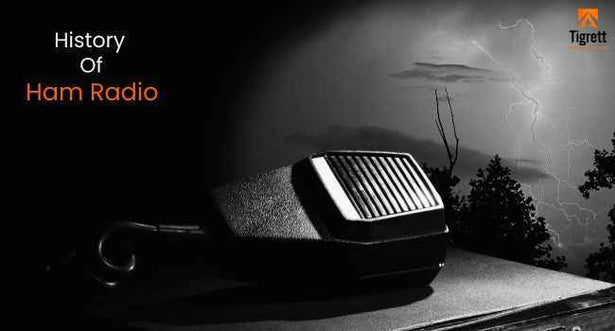
![How To Renew Ham Radio License? [Before the FCC Thinks You Vanished]](http://tigrettod.com/cdn/shop/articles/1741427449_615x460_crop_center.jpg?v=1741427450)
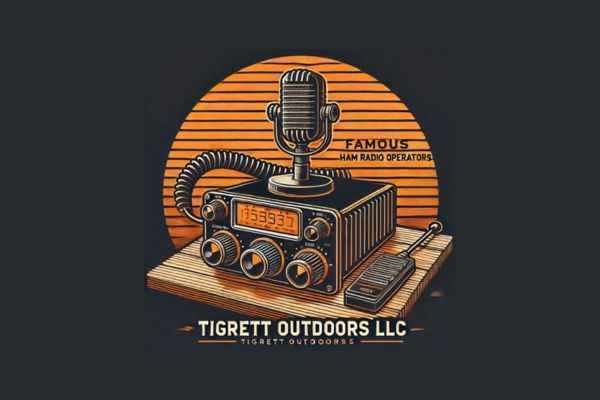
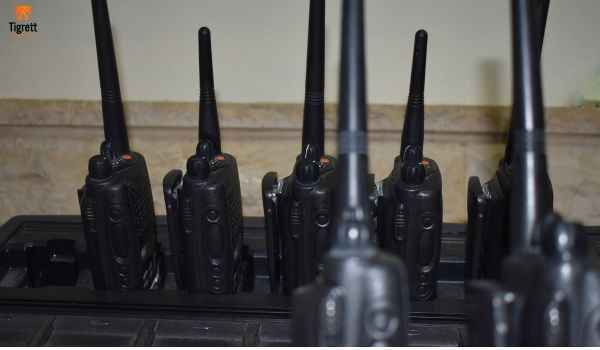
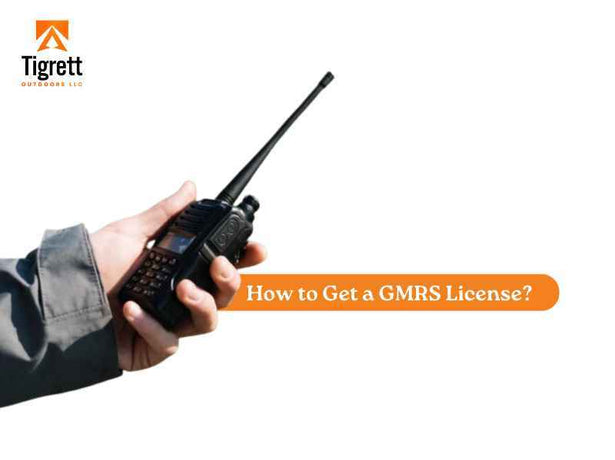
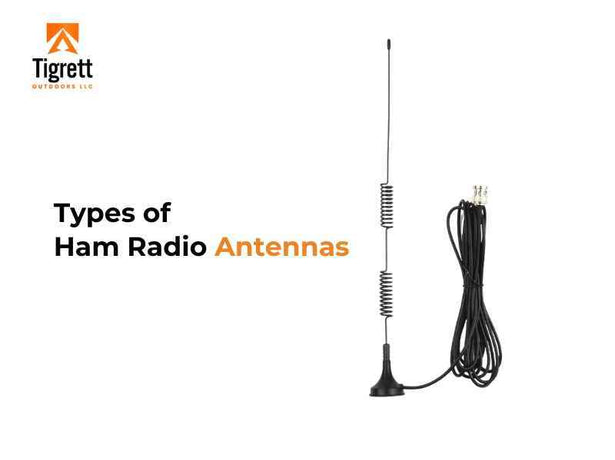
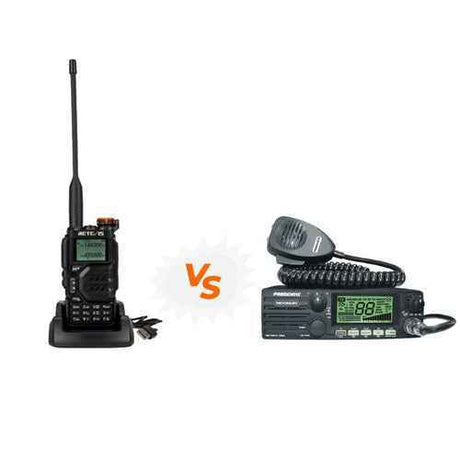
![Why the Height of a VHF Radio Antenna Is important? [Explained]](http://tigrettod.com/cdn/shop/articles/1741427428_615x460_crop_center.jpg?v=1741427429)
![How to Use Baofeng UV-5R as a Walkie Talkie? [Explained]](http://tigrettod.com/cdn/shop/articles/1741425757_615x460_crop_center.jpg?v=1741425758)
